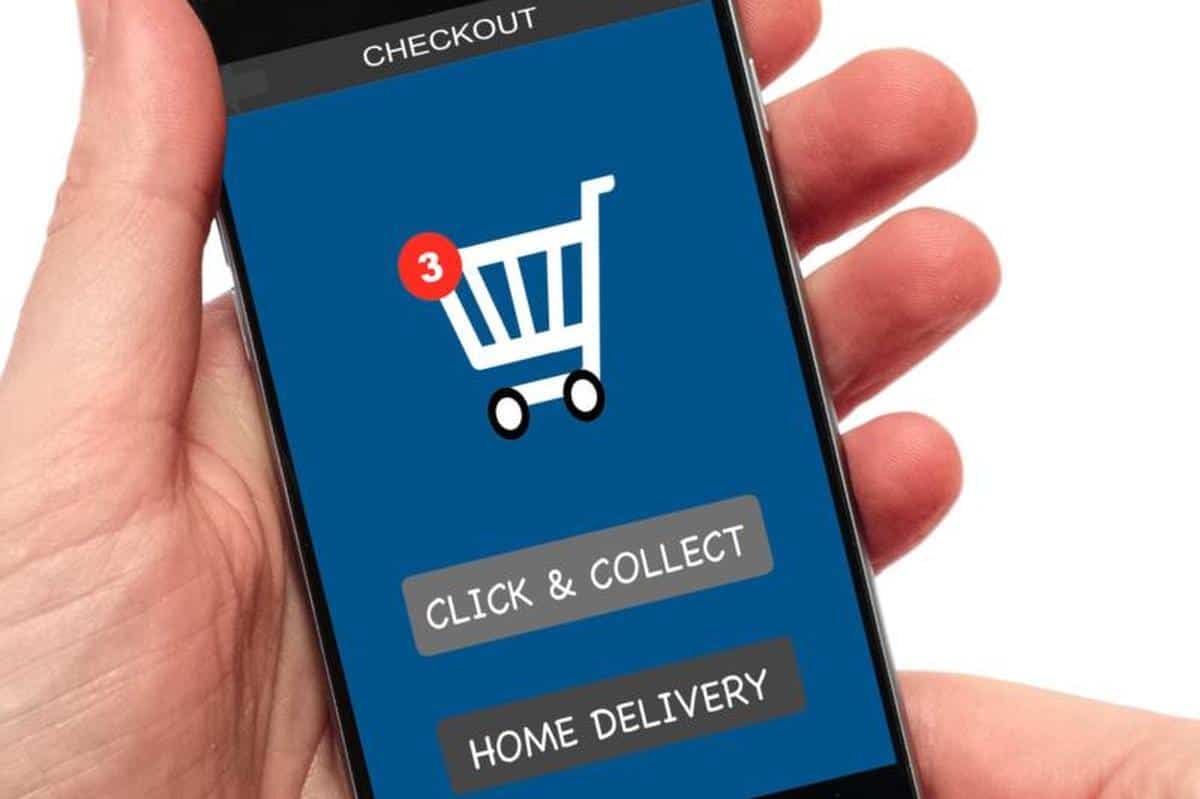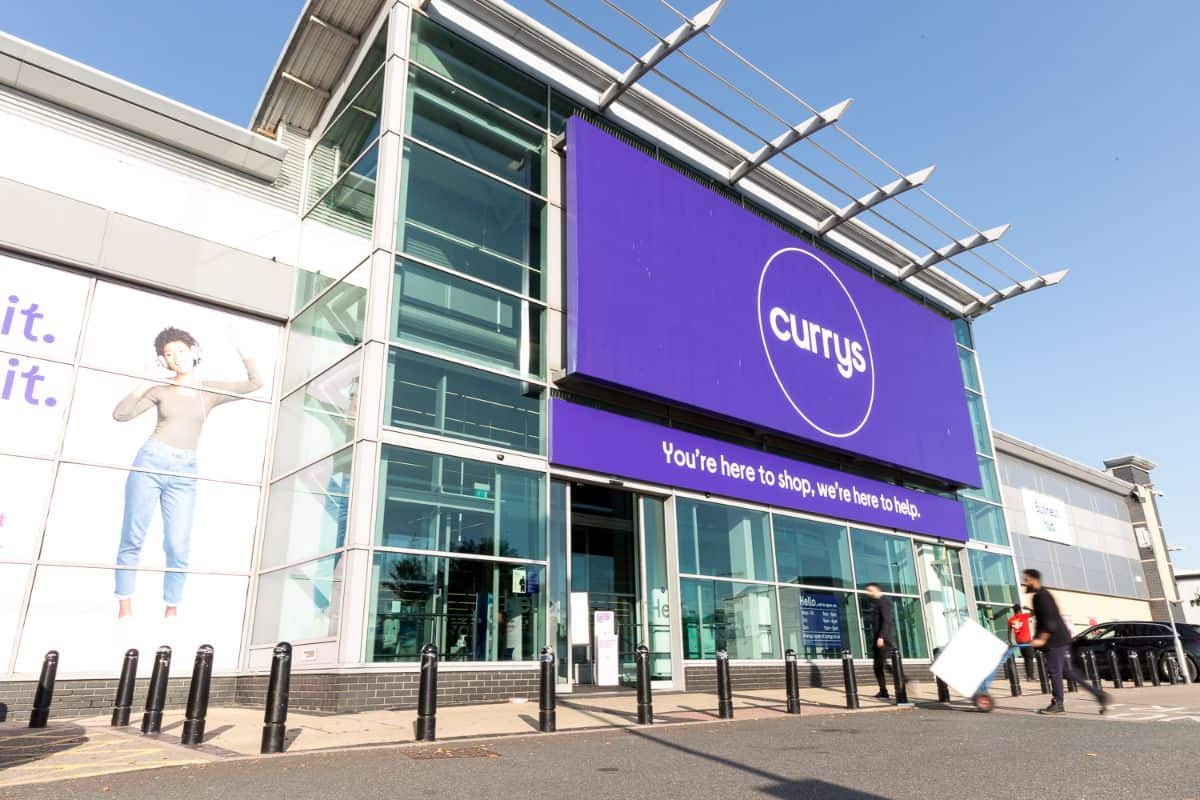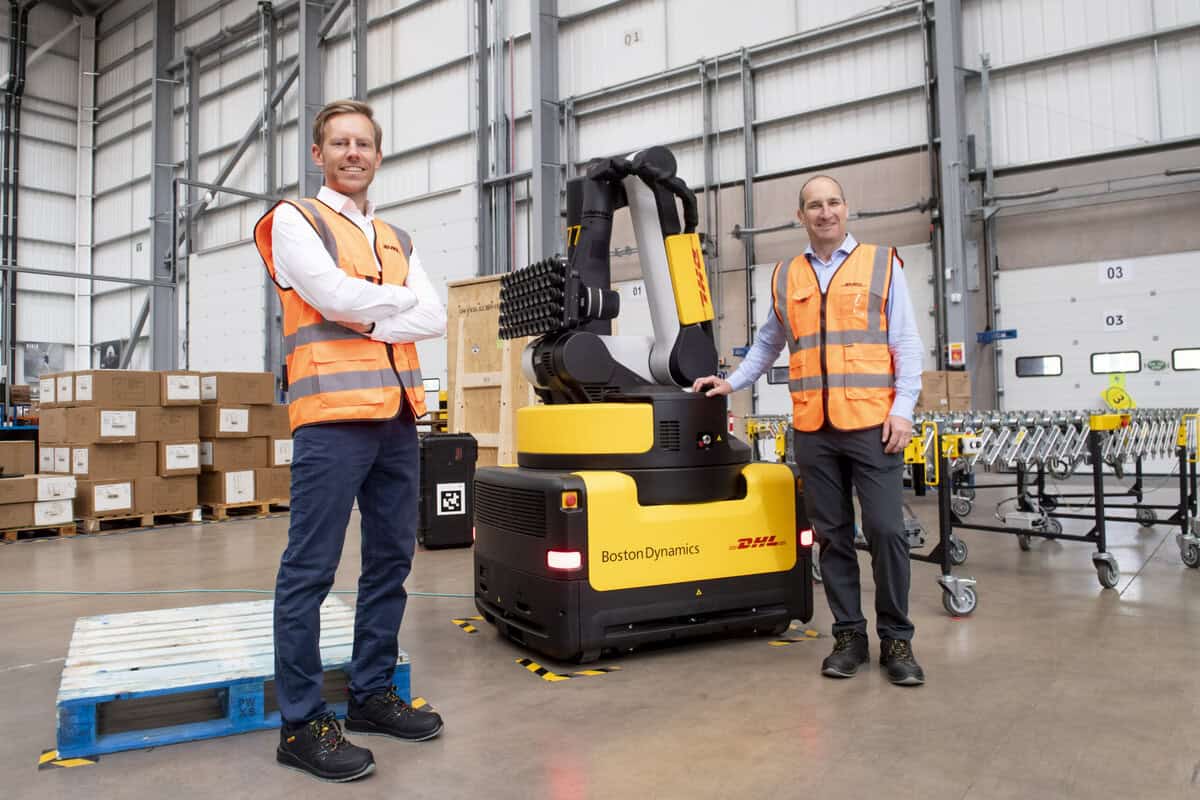Click-and-collect shopping is set to be worth £42.4bn in the UK this year, accounting for 8.4% of the industry’s total annual income, as shoppers become more focussed on hybrid retail involving online and in-store.
A new study – What’s in store for retail? from Barclays Corporate Banking – finds that Click-and-collect, where goods are bought online but picked up from a physical store, now accounts for 40% of sales for retailers who offer the service, up from 37% a year ago.
The popularity of the service grew during the pandemic but, unlike pure online sales which peaked during that period, it has continued to grow post the lifting of lockdown restrictions, indicating that click-and-collect is a consumer behaviour that is here to stay.
The click-and-collect economy now also underpins 184,000 jobs across the industry, which equates to 7.4% of the total workforce. Over two fifths (41%) of physical stores in the UK are now used as click-and-collect locations, with the same amount (41%) being used to process returns.
Barclays’ data demonstrates how online and physical retail sales channels are becoming more intertwined. Consumers like to research products online and in-store in equal measure across a number of products, including homewares (34%), fashion (33%), accessories (31%) and garden products (28%).
The research reveals that having both an online and physical presence can be advantageous for a retailer’s appeal. A quarter (24%) of consumers say they can be hesitant when buying from online-only brands, a figure which drops to just over one in ten (13%) when businesses also have physical stores.
Support for store shopping, but locations are changing
Despite the increasing popularity of online shopping, there is still support for high streets. When asked whether there is a future for physical retail space, 67% of consumers agreed that there is, of whom 32% strongly agreed. However, there is a clear demographic split: just over half (54%) of 16-24-year-olds believe in the future of the physical store, compared with almost three quarters (74%) of over 55s.
What the report clearly spells out is that, following the inevitable acceleration in the shift to digital during the pandemic, consumers are now returning to stores to make their purchases with confidence and trust in bricks and mortar stores still strong.
Almost nine in ten (88%) retailers feel that operating a physical store is vital to their business success. However, many are re-evaluating where their real estate is based, to make sure they occupy the most appealing destinations for consumers. Two in five (41%) have reduced the number of stores they have in city centres, while 32% have increased their presence in retail parks. An increased presence in retail parks will likely be popular with shoppers aged over 55, a third (33%) of whom say it is their preferred location for a store.
Rising cost-of-living adds pressure to profitability and recruitment
Amid these changes, the cost-of-living increase is creating additional challenges for retailers. Barclays’ research shows that British shoppers are aiming to reduce their spending by between 25% and 30% before the end of the year, across a broad span of retail categories.
However, the biggest strain on business profitability is staff wages – selected by 23.4% of the retailer respondents, ahead of fuel costs (21.6%), rent (21.6%), energy bills (21.3%) and a predicted fall in revenue (21.0%).
In the industry’s scramble for talent, retailers are most commonly looking to hire:
- Stockists (17.1%)
- Marketing staff (16.6%)
- Senior managers (16.5%)
- Security guards (16.3%)
- Cleaning staff (16.3%)
In response, individual retailers are investing around £528,000 each to increase their workplace appeal.
Karen Johnson, Head of Retail and Wholesale, Barclays Corporate Banking, explains: “Perhaps more than any other sector over the past two years, retail has been forced into a period of accelerated evolution. The pandemic drove everyone online, and now the rising cost-of-living is increasing business outgoings while reducing consumer spending.
“Encouragingly for the UK’s retail sector, however, businesses are adapting their sales models to weather these financial storms as effectively as possible. Links between digital and physical shopping are being evolved, which are opening up new opportunities and ways to generate income.”









